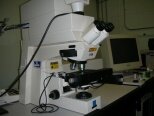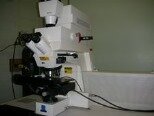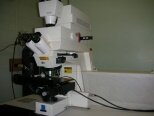Used ZEISS LSM-310 #48703 for sale
URL successfully copied!
Tap to zoom
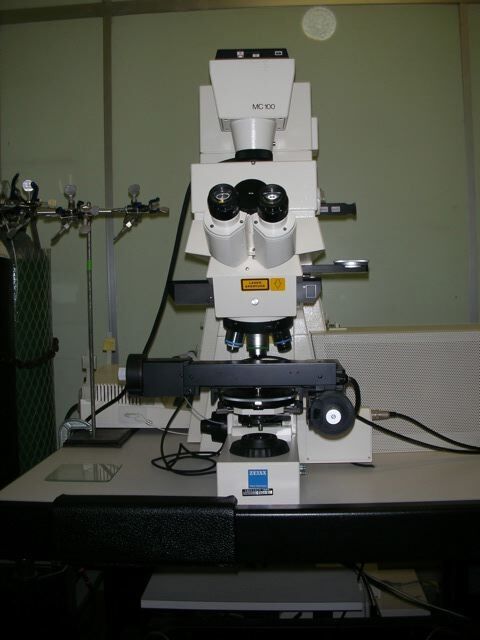

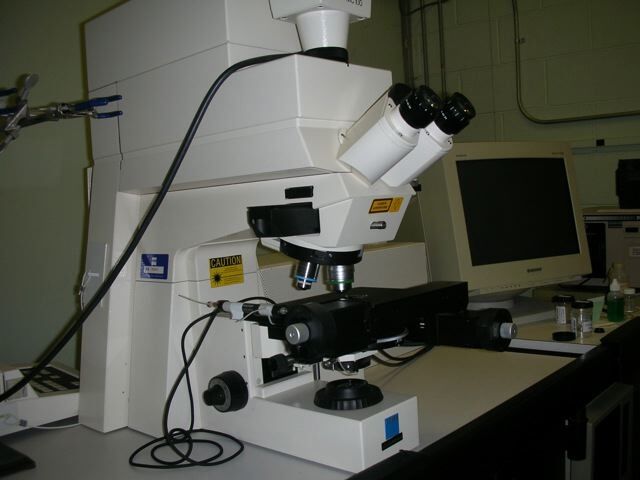

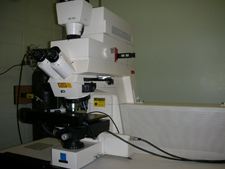

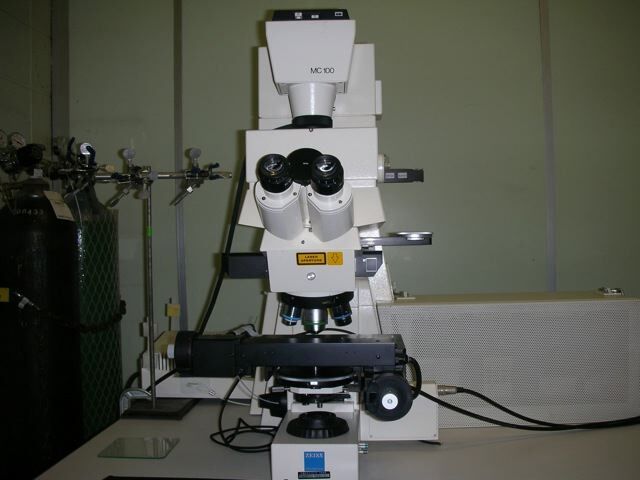

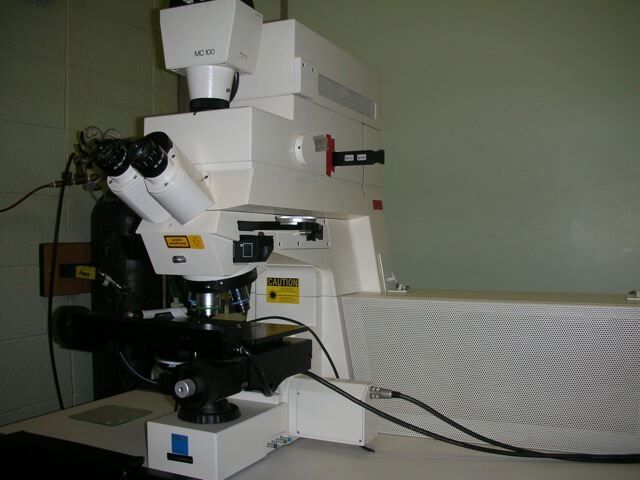

ID: 48703
Vintage: 1991
Upright laser scanning confocal microscope
Imaging Features:
Motorized stage: XY movements for tilting
Z for optical sectioning
Single or multitract image collection
8 or 12 bit pixel depth
Lasers are 488nm Argon, and 543 HeNe
128, 256, 512, 1024, 2048 pixel frame
Eyepieces: 10x
Objectives:
Plan-NEOFLUAR 10x / 0.3
Plan-NEOFLUAR 20x / 0.5 II
Plan-NEOFLUAR 40x, 1.3 oil lmm III
Plan-APOCHROMAT 63x / 1.4 oil lmm III
Conventional Microscopy Mode
Bright Field
Nomarski DIC
Fluorescence
Phase Contrast
Laser Scanning Mode
Argon Laser 488, 514nm
HeNe Laser 543nm
2 PMT Detectors
Computer / Windows 95
Two 17” monitors
E-Box
TL and Fluo light sources
UPS (uninterruptable power supply)
Filters: 515-565, 575-640, LP 520, DiI, 580-650, 490-560
Has been serviced by the OEM
Software
Manuals
1991 vintage.
ZEISS LSM-310 is a laser-scanning confocal microscope, often simply referred to as a confocal microscope. It allows researchers to identify and study fine structural details of samples non-destructively in three dimensions via scanning them with its laser spot. The imaging techniques provided range from conventional light microscopy to time-lapse imaging, fluorescence, and multi-dimensional imaging of fluorescently labeled samples. LSM-310 consists of various components, including a stage for mounting the sample, a laser beam scanner to move the laser beam over the sample, a built-in camera for capturing the images and finally, a microscope to collect the light reflected or emitted after the sample has been exposed to the laser beam. ZEISS LSM-310 is able to use several different laser wavelengths and is therefore capable of capturing images of samples that contain several different fluorescent labels. In addition, the microscope can be modified to accept two scan paths, enabling the scanning of two separate fluorescent lables. These two scan paths can separately and simultaneously image the same isolated region or multiple isolated regions. LSM-310 features the patented ZEISS ApoTome, which allows the user to obtain four-dimensional imaging data with very high resolution. With the ApoTome, one can capture very high resolution optical sections in which a series of images can be taken across a focal plane. This method produces images similar to those produced by standard optical microscopy, and also enables users to deconvolve the data to produce sharper images with higher resolution. Though the microscope is capable of imaging live cells, ZEISS LSM-310 can be used to image fixed samples or samples that have been subjected to different treatments. To ensure that samples are free of any contaminants, the microscope features a built-in fluorescence-activated cell sorting (FACS) unit, which allows researchers to detect, sort and isolate cells with the fluorescent label of interest. Overall, LSM-310 is a powerful confocal microscope, which allows researchers to image samples in 3D, with the ability to use multiple fluorescent labels and to generate 4D data sets with very high resolution. It is easy to use and its many features make it extremely versatile, enabling researchers to explore a wide variety of samples.
There are no reviews yet

